I’m boarding a jet for Scotland next week to lead a photography tour. There will be novices and photographers with 40+ years of experience. Some are bringing world-class cameras. Some people will use their phones.
Take a look at this photograph.
One of the most famous photographs in the world, “Derrière la gare Saint-Lazare (Behind the Gare Saint-Lazare),” was taken by Henri Cartier-Bresson in 1932. A print sold in 2011 for $590,455.
As far as image quality, Cartier-Bresson could have shot this with a flip phone. So, what is special about this photograph? There are three notable things about this photograph, and you can easily achieve any of them.
The most remarkable thing about this photograph is the photographer. Henri Cartier-Bresson cared about imagery. He painted and studied art. He took a lot of pictures. Anyone can practice.
The light is interesting. It looks as if there is smoke or fog, or possibly the backlight is washing out part of the photo. Regardless, the light was right for reflections on the water, and Cartier-Bresson put it to work. The sun is behind your dog, highlighting a rim of fur across her head and ears. An old man walks into a beam of sunlight on an otherwise shaded street. A neon sign paints a pensive woman’s cheek red in the window of a bar. The light is the photo. Anyone can learn to see the light.
This was a moment. Cartier-Bresson found his spot and observed people in it. He waited. The man is about to break the water’s surface but never does. Ripples radiate from the ladder. Time is visibly suspended. He probably took multiple photos and tried different angles. Try things. Be patient. Anyone can wait.
What I’m saying is, shoot with whatever you’ve got. If you could go back in time and give Henri Cartier-Bresson an iPhone and a way to print the images, he would probably leave his Leica at home.
Maybe you are bringing a DSLR on vacation and wondering which lenses to pack. Henri Cartier-Bresson used a single 50mm lens for nearly all of his life’s work. I have six or seven lenses; I can’t remember exactly now. Last year, I went to Guatemala as a documentary photographer. I took one lens, a 24-105mm zoom, so I had many more options than Cartier-Bresson ever used. Here are a few photos from that trip, all taken with the same lens.


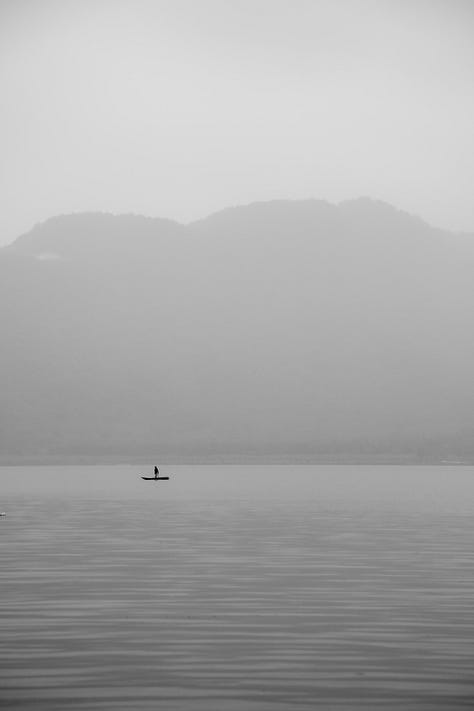
When I went to Scotland last year, I brought the same lens. Here are a couple of shots from that trip.
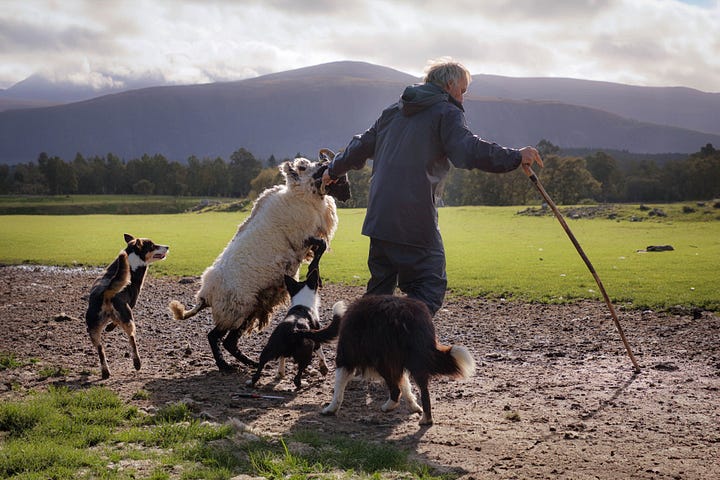
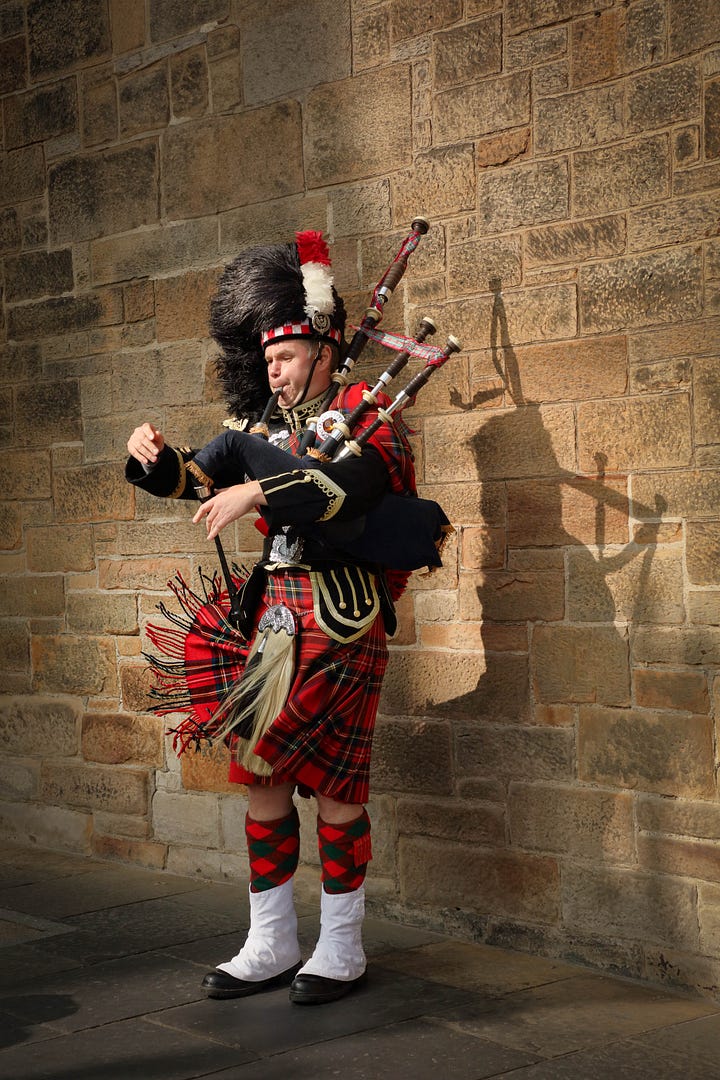
I think you’ll agree that this one lens was pretty versatile. If I had several lenses to choose from, I might have missed a lot while deciding. As it was, I had a lens on a camera. If I saw something, I lifted my camera and shot it.
I say all this because if you’re digging around online, watching photography tutorials on YouTube, or reading blogs of landscape photographers, you can get the idea that you need lots of specialized gear. Honestly, I might not even bring a tripod. I haven’t decided yet.
Think about it this way: the more limitations you have, the more creative you will have to be. The more creative you are, the more interesting your experience will be. Which one will most enrich the rest of your life, the experience or the photographs?
Bring whatever you want, but I encourage you to dream big and pack small. We’ll travel in a smaller bus to rural places so that less luggage will be appreciated. Here’s my camera bag, all packed and ready to go. I’ll probably just put most of my clothes in here.
One more note. UK laws around public photography are pretty relaxed, meaning you can take pictures in public spaces and not worry too much about who’s in them. However, churches, shopping centers, museums, and other attractions can be privately owned, and you should ask if it’s okay to take pictures. In particular, trespassing on railways or Ministry of Defence land is a big no-no.
I’m excited to travel with you and talk about light, composition, and waiting for the right moment. I’m sure you will teach me things, too. Thank you for trusting me with your experience. It’s going to be great. Your fan,
Jonathan Byrd

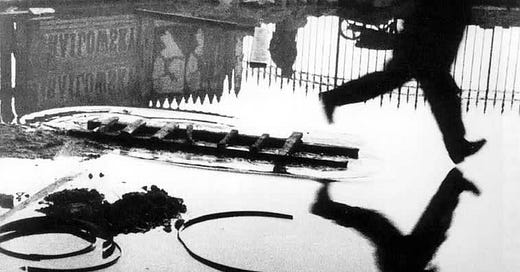



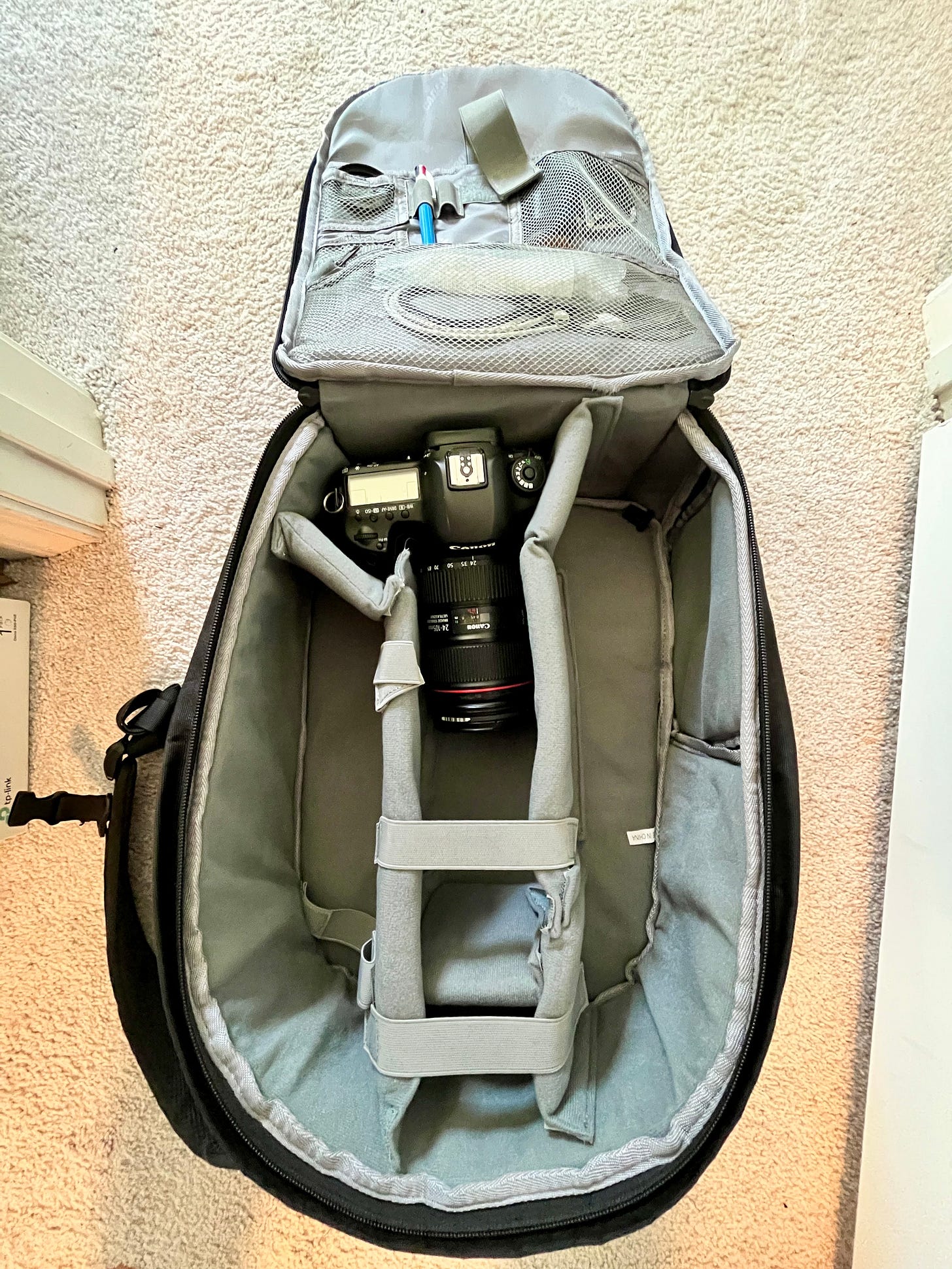






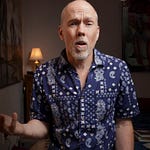

Share this post